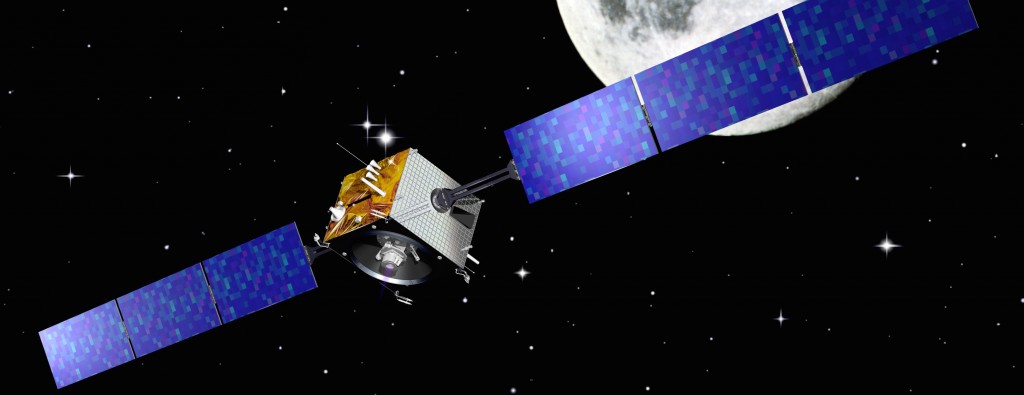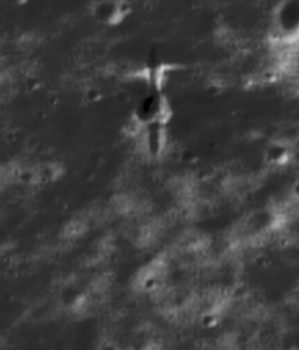THE MISSION
The main mission objective of SMART-1 was the flight demonstration of electric propulsion for deep space missions, an objective that was successfully achieved with the spectacular capture into lunar orbit on November 15, 2004. Design drivers for the spacecraft included the high power needed for the electric propulsion, the severe radiation environment encountered during the slow Earth escape trajectory and the need for onboard autonomy. SMART-1 made a 100-day travel through the radiation belts, during which the spacecraft encountered periods of exceptional solar activity in October/November 2003.
From the end of September, 2005, Smart-1 was left in a natural lunar orbit. As planned, Smart-1 impacted the moon´s surface in September 2005. The impact is estimated to have caused a three to ten meter crater in diameter. The crash site was predicted with high precision by the European Space Operations Centre (ESOC) and the impact could be imaged in real-time by the 3.5 m Canada-France-Hawaii Telescope IR-telescope in Hawaii.
OHB SWEDEN CONTRIBUTION
SMART-1, Europe’s first Moon probe, was developed by OHB Sweden (then part of the Swedish Space Corporation). This sophisticated lunar probe of brand-new design was developed in only 39 months. In addition to the Prime Contractor task, OHB Sweden was responsible also for the system engineering, the development of the onboard system unit based on the CAN (Controller Area Network) protocol, the star tracker based attitude control system, onboard applications software, spacecraft simulator and Electrical Ground Support Equipment.


